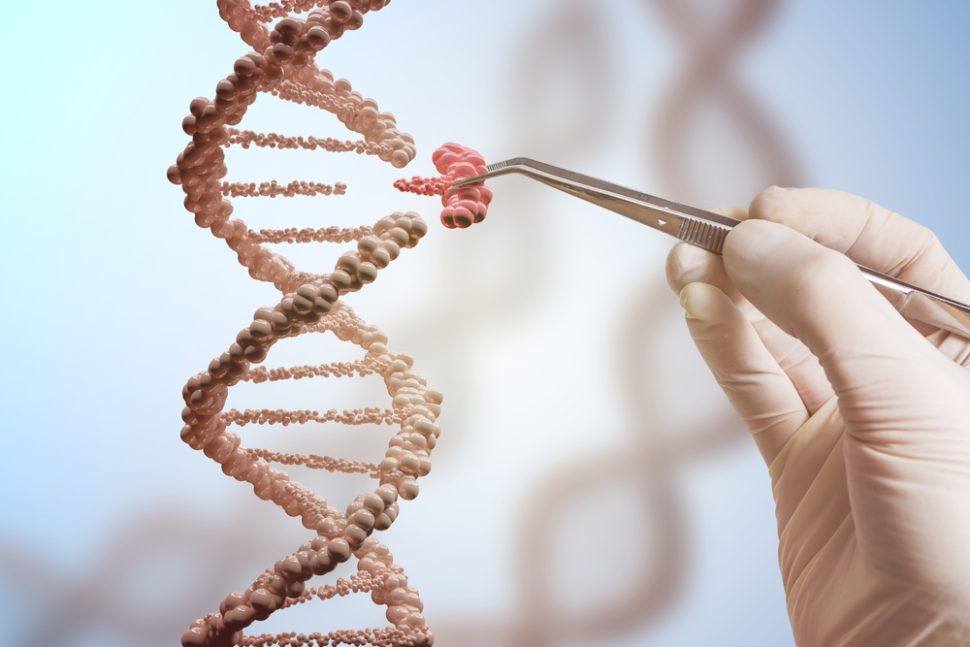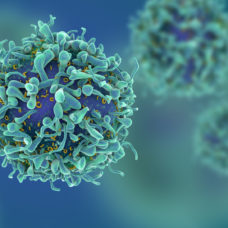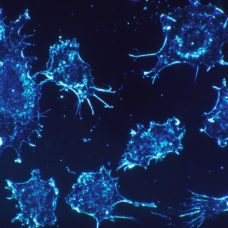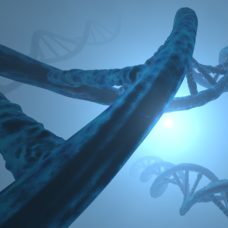Researchers have reportedly developed a new genetic barcoding technology that will enable the simultaneous analyzation of hundreds of genes.
For years, scientists have struggled with characterizing the individual functions of the 20,000 set of genes in the human body. Without this vital information, scientists remain clueless about how the human genome really works. To address this issue, a team of researchers from the Icahn School of Medicine at Mount Sinai developed a new genetic barcoding technology to determine the roles played by each gene in the body.
There is no doubt that the introduction of the gene-editing technology CRISPR has revolutionized the field of genetics. The CRISPR approach not only led to some groundbreaking development in curing genetic disorders but also helped researchers determine some gene functions. However, CRISPR has its limitations and is still not enough to track the tasks of the many thousands of genes in the body.
The new barcoding technology developed by the Mount Sinai researchers uses synthetic proteins known as epitopes to address the challenges of DNA-based barcoding like CRISPR. The researchers, led by postdoctoral fellows Aleksandra Wroblewska and Maxime Dhainaut, reported that they encoded triple combinations of linear epitopes into synthesized modules to produce over 100 unique protein barcodes which they called Pro-Codes.
“Using just 14 antibodies, we detected 364 Pro-Code populations; establishing the largest set of protein-based reporters. By pairing each Pro-Code with a different CRISPR, we simultaneously analyzed multiple phenotypic markers, including phospho-signaling, on dozens of knockouts,” the researchers explained.
“Pro-Code/CRISPR screens found two interferon-stimulated genes, the immuno-proteasome component Psmb8 and a chaperone Rtp4, are important for antigen-dependent immune editing of cancer cells, and identified Socs1 as a negative regulator of Pd-l1.”
The team introduced the Pro-Code/CRISPR libraries to breast cancer cells, challenging the tumors with killer T cells specially engineered to recognize cancer cells. The experiment showed that most of the cancer cells were successfully eliminated by the T cells, but there were some that survived.
The Pro-Code barcoding technology helped the researchers identify the genes that were affected by the resistant cells, some of which were found to have unrecognizable roles in sensitizing cancer cells in the immune system.
At the moment, there are still fewer Pro-Codes produced as compared to DNA-based codes. However, the researchers claimed that more Pro-Codes could be created using their technique.
“Moreover, 1,000s of new Pro-Codes can be created by applying the principle we used here and introducing additional epitopes and epitope positions. Although generating genome-wide Pro-Code/CRISPR libraries cannot be done at the relative ease of DNA barcoded libraries, the Pro-Code will primarily be for more focused screens; concentrating on specific pathways or gene classes and targeting 100 to 500 genes,” the team wrote.
The scientists also claimed that it is possible to produce Pro-Code/CRISPR libraries without overlapping epitopes that can be used in complex screenings for identifying redundant genes. The novel tool could also perform high-dimensional phenotyping of multiple proteins in pool screens, a feat that is reportedly not achievable with DNA barcoding.



















Comments (0)
Most Recent